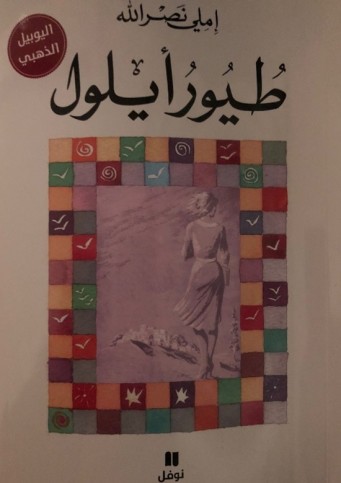Introduction
“Secret”, “mystery”, “unique religious experience”, “extinction of the distance between man and God”, “elevation of man towards God” are various definitions attributed to the term 'mysticism' across time, definitions which reflect the incapacity of the human being to give a rational explanation of the relationship with the creator. In the Christian religion a 'mystic' describes a person united with Christ such as Saint Paul, Saint Vincent de Paul, Theresa of Lisieux and many others. Mysticism is the practice of mystics. But what is mysticism in the literary discourse? Is it about an attempt by the author/speaker as a human being to get close to the creator and their creation through the questions and thinking in their writing? Can any author who asks existential and fundamental questions be classed as a 'mystic'?
The main object of this piece is to study mystical discourse in literature and more particularly in Emilie Nasrallah's masterpiece entitled “Les oiseaux de septembre” [The birds of September] (1962) [1].We will attempt in this chapter to explain why we have chosen Emilie Nasrallah and why we have chosen especially Les oiseaux de septembre from her rich oeuvre of twenty-seven works.

How to define mystical discourse in literature? How is it reflected in the writings of this author? Did she choose this manner of discourse deliberately or did her commitments, beliefs and principles drive her without wishing to, to live in a meditative state and therefore to employ mystical discourse? How is her struggle to defend the rights of women reflected in her writing?






